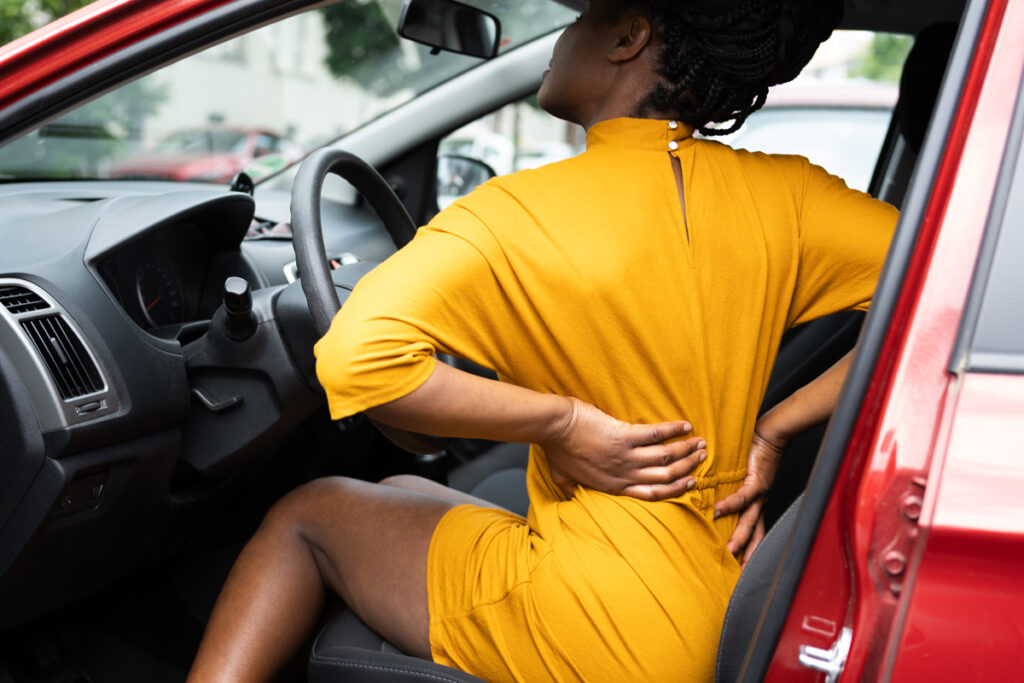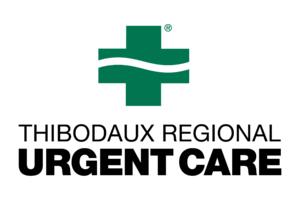Back pain is one of the most common physical ailments, affecting 65-75% of Americans at some point during their lifetime. While severe cases can be debilitating and quite painful, the good news is approximately 90% of cases are temporary, and there are several effective techniques and treatments that are safe and effective.
Most back pain is caused by injury to the lower back or an ongoing health problem. Vertebrae and discs can also wear down with age, causing pain. Common injuries and illnesses include:
- Overuse of back muscles
- Sports-related injuries
- Extreme or repetitive lifting
- Sudden jolts (e.g., car accidents)
- Arthritis
- Herniated (bulging) discs
- Sciatica
- Spinal stenosis
- Spondylolisthesis
- Sedentary living
Sudden and severe back pain or chronic pain lasting more than 12 weeks should always be checked by a doctor or physical therapist. If you or a loved one has been struggling with back pain, learning how to treat back pain at home may be easier than you think.
How to treat lower back pain
Most back pain occurs in the lower back because it supports much of the weight of the upper body. Your spine, or backbone, is your body’s central support structure that connects different parts of your musculoskeletal system. It helps you sit, stand, walk, twist and bend. Most people treat mild to moderate back pain with over-the-counter pain relievers or ask their doctor for a prescription medication. While pain medications certainly have their place, you might be surprised when you learn how to treat lower back pain with these drug-free treatment options:
- Corrective exercise
Though it may seem counterintuitive, exercise is an effective antidote to back pain. Corrective exercises target weak muscle groups (e.g., core, glutes and back muscles) and fix postural misalignments to strengthen the back and relieve pain. - Stretching and mobilization
Inflexibility is a common culprit of back pain. Tight hips, quadriceps, hamstrings and glutes all contribute to lower back pain because of the way they pull on the spine. This can lead to chronic misalignment and muscle imbalances that cause pain. - Heat and cold therapy
A heating pad can provide temporary relief from soreness because it relaxes muscles and dilates blood vessels. Cold compresses can relieve pain from injuries by reducing inflammation and constricting blood flow. - TENS therapy
When placed around the painful area, transcutaneous electrical nerve stimulation (TENS) therapy emits gentle electric signals that intercept pain signals your nerves send to your brain, which relieves the sensation of pain temporarily. - Massage
Massage is best for muscle soreness, rather than muscle injuries. Massage therapy helps alleviate musculoskeletal pain caused by muscle knots and adhesions because it promotes increased blood flow throughout the body, which helps deliver oxygen and nutrients to tight areas.
How to prevent back injuries
Back pain prevention is easy and only requires a few small lifestyle adjustments you can train your body to do automatically with a little practice. Here are six easy tips for preventing back pain:
- Exercise
Exercise is one of the most important things you can do for back pain prevention. Strengthen your abdomen, back and glutes to protect all the work your back must do for you each day. - Eat healthy foods
Choosing healthy foods over processed foods or foods that are high in sodium, salt or fats will help you maintain a healthy weight and will not put unnecessary stress on your body. - Sleep on your side
Lying on your side is the best way to take stress off your back while you sleep. Avoid lying on your back or add a pillow under your lower abdomen if you sleep on your stomach to reduce stress on your lower back. Having a supportive mattress and pillow are also important for back health. - Mind your posture
Be sure to work at ergonomically correct workstations and take frequent breaks with stretching exercises. Practicing good posture while sitting and standing will help you maintain natural curves of your back and help keep it strong.
Sudden or chronic back pain can impact your ability to enjoy life. If you strained your back and need relief, visit Coast Urgent Care of Houma. We can help ease back pain and offer suggestions based on your unique needs. We welcome walk-in appointments 7 days a week from 9 a.m. – 8 p.m.




